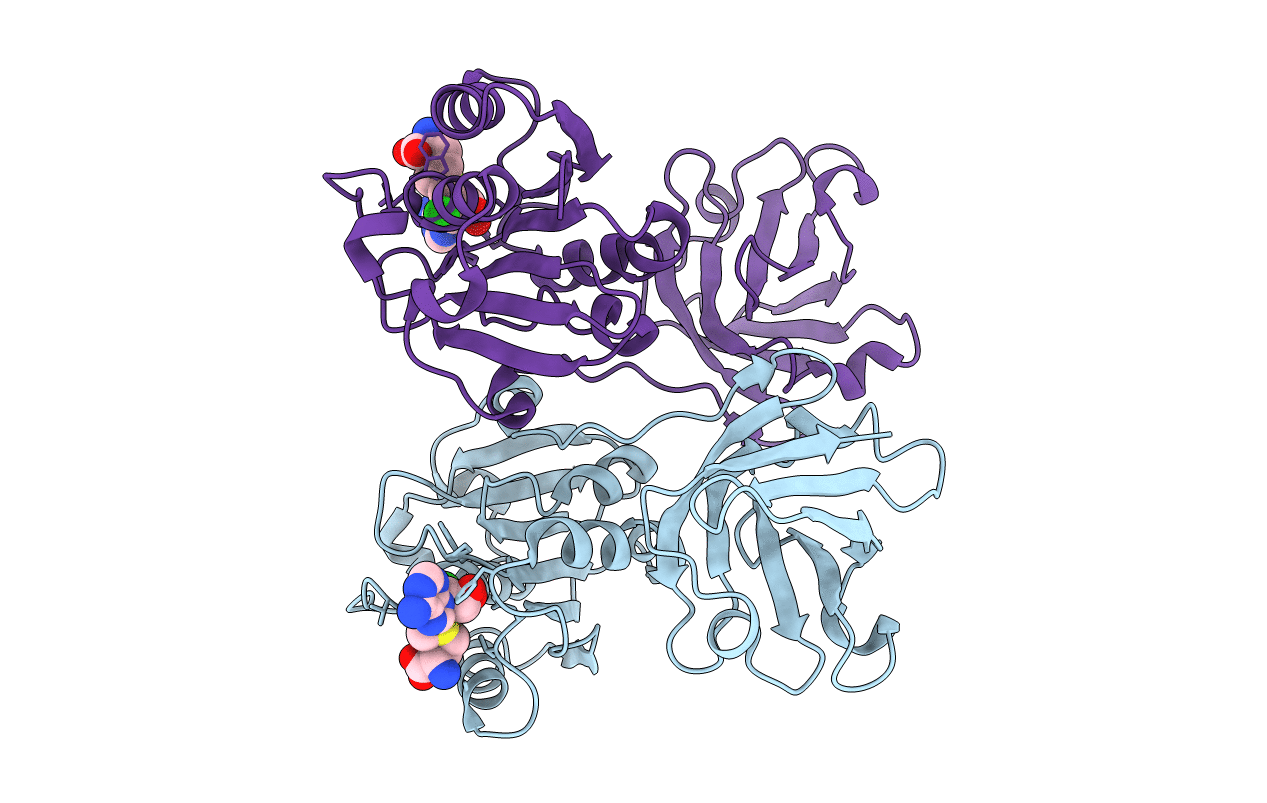
Deposition Date
2007-06-05
Release Date
2007-12-11
Last Version Date
2024-02-21
Entry Detail
Biological Source:
Source Organism:
Salinispora tropica (Taxon ID: 369723)
Host Organism:
Method Details:
Experimental Method:
Resolution:
2.00 Å
R-Value Free:
0.31
R-Value Work:
0.26
R-Value Observed:
0.26
Space Group:
P 3


